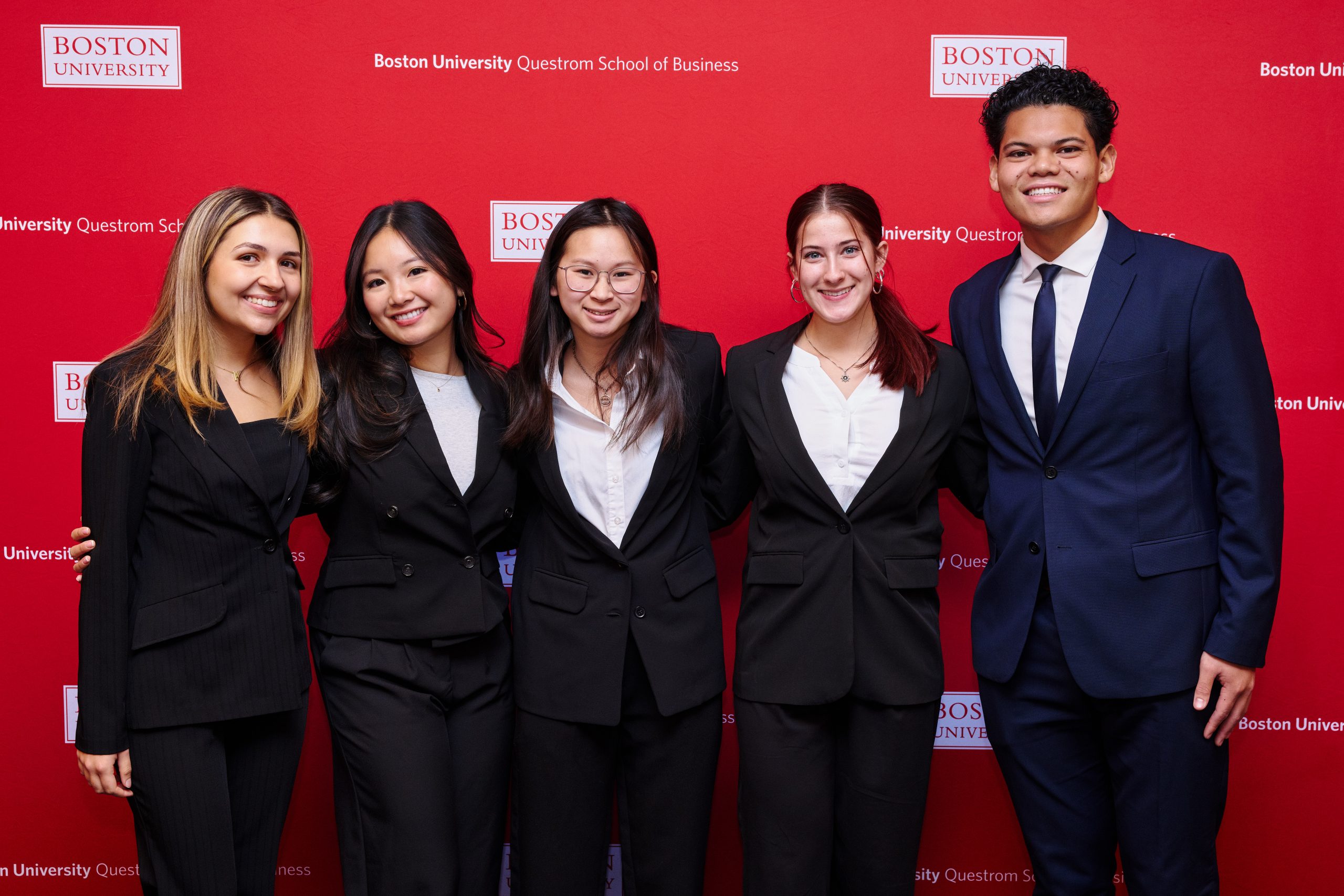As a child, Tehreem Fatima ’28 (CLAS) spent hours reconstructing microscopes from secondhand parts and conducting various science experiments at home.
As she finishes her first year at UConn, Fatima has channeled that curiosity to research glioblastoma, an aggressive and deadly form of brain cancer originating in the brain’s glial cells. The research, which she conducted with no professional support or academic resources, has been accepted into dozens of academic and professional conferences.
“I never imagined that so many conferences would accept my work,” Fatima says. “It’s exciting, but since I’m conducting this research independently, I don’t have the funding to attend all of them.”
Fatima’s interest in glioblastoma began after her five-year-old cousin, who lived in Pakistan was diagnosed and later died from the disease in February 2025.
“When he was diagnosed, I thought, ‘Okay, he’s in Pakistan—there’s nothing I can do for him,’” Fatima says. “But something valuable I can do is apply my skill set. So, I did a lot of research and asked, ‘Where is there a gap in the research?’”
Fatima, a physiology and neurobiology major on a full STEM scholarship, an honors program which provides financial support to promising students, first delved into research during high school through a three-year college program in Albany, New York.
Early Drive for Research
During her sophomore year of high school, Fatima was selected for a competitive three-year program sponsored by SUNY Albany called Science Research, which required students to secure a mentor and participate in research.

At just 15 years old, she struggled to find academic researchers willing to take her on. But she persisted and eventually convinced J. Andrew Berglund, distinguished professor of biology and director of SUNY Albany’s RNA Institute, to mentor her.
“Even before I had a mentor, I was driven to understand how research worked,” Fatima says. “I wanted to build the skills necessary to contribute meaningfully.”
Before joining Berglund’s lab, Fatima had taught herself research fundamentals by conducting literature reviews and enrolling in independent courses on platforms like Udemy.
Her initial work at the RNA Institute focused on statistical analysis rather than lab experiments, since her young age prevented her from working in an in-person laboratory. Over time, she took on more responsibilities, and by the end of the three-year program, she was leading a summer course at the institute, teaching bioinformatics to students ranging from high school to graduate levels.
Independent Research on Glioblastoma
During her first year at UConn, Fatima explored a wide range of interests, taking classes across multiple disciplines, writing poetry, and meeting new people. But she also wanted to build on her research experience and continue to study glioblastoma treatments.
She designed a study using open-source data, compiling and analyzing chemotherapy treatment datasets. Her goal was to determine whether, when used together, a combination of two widely used chemotherapies could target additional genetic markers compared to using each drug individually.
Her work focused on immune checkpoint genes or molecules that glioblastoma tumors use to evade detection by the immune system. By analyzing patient data, she aimed to identify correlations among gene expression, patient survival, and chemotherapy effectiveness. Her findings suggested potential avenues for improving glioblastoma treatment strategies.
“Some labs have already collected similar data, but funding constraints have limited further research,” she says. “I wanted to see if my analysis could stand on its own and be useful to the professional community.”
Fatima submitted her findings to multiple academic conferences throughout the U.S. as well as internationally, hoping for at least one acceptance. Instead, her research was accepted into over 25 conferences, including those at Brown University, Harvard University, and Yale University.
She plans to attend as many of the symposiums as she can, both in-person and online.
Next Steps in Her Research
This summer, Fatima will participate in a bioinformatics cybersecurity internship at SUNY Albany, where she hopes to expand on her previous research and refine her analysis of glioblastoma therapies.
Fatima says it will provide her with valuable skills and resources to further advance her research, and help her as she works toward earning both medical and law degrees. Her long-term goal is to bridge the gap between medicine and public policy.
“I want to make science more accessible,” she says. “A lot of times, science is seen as a prestigious field that’s difficult to enter.”
Fatima hopes her research will contribute to the fight against glioblastoma and offer hope to families affected by the disease.
“Your only limit is yourself,” she says. “I constantly remind myself that if I want to accomplish something, the only thing stopping me is me.”



